The Bright Spot In The Lower Left Is SN 1994D, A Star In The Midst Of A Supernova, In The Galaxy NGC
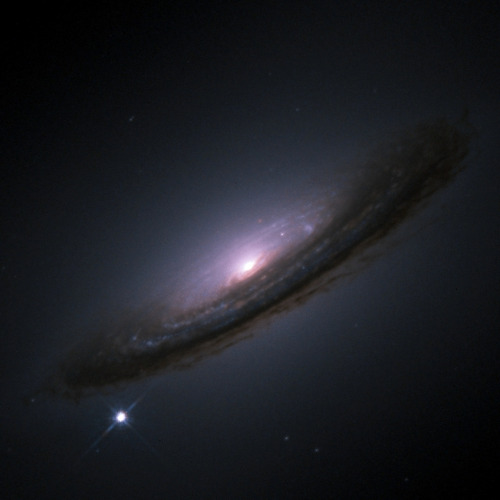
The bright spot in the lower left is SN 1994D, a star in the midst of a supernova, in the galaxy NGC 4526. During this final performance, the star will briefly outshine its parent galaxy. No supernovae have been observed in our galaxy in over four hundred years.
js
More Posts from Intergalacticnerd and Others
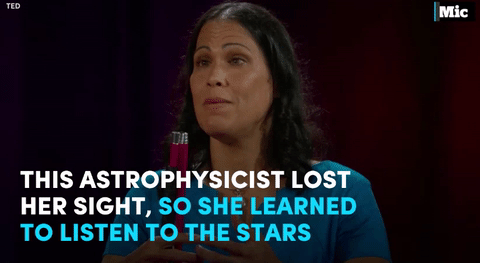


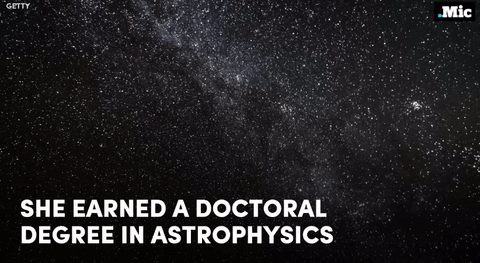







follow @the-future-now
some of my favourite absolutely SICK facts about the trappist-1 exoplanets: - theyre all very close to one another and to their star, so the length of a year on them varies from 1 to 20 DAYS - since they’re so close, the star appears a lot bigger than our sun from earth, and from one planet you could easily see the rest, some would even appear bigger than the moon from earth. you could literally see the surface of another planet with a naked eye!!! - they’re tidally locked to their star like our moon is locked to earth, meaning only one side of a planet ever faces the star, and on the other side it’s always night. the sun never sets or rises on any of the planets - the star is red, so the sunlight is red/orange, meaning if, for example, plants were to grow there, they could be black and that’s just what we know now, imagine how much cool stuff we have yet to discover about the trappist-1 system
I don’t care if you don’t like space puns
I like space puns
comet me bro

Picture of the Day: Messier 9 Star Cluster
NASA’s Hubble Space Telescope has taken this incredible picture of Messier 9, a globular star cluster located near the center of our galaxy. The cluster, located some 25,000 light years away, is too faint to be seen with the naked eye, but Hubble has captured more than 250,000 individual stars there. Globular clusters are believed to have emerged when the galaxy was quite young, and the stars that make up Messier 9 are calculated to be around twice as old as our sun.
Mars has flowing rivers of briny water, NASA satellite reveals

NASA just released the out-of-this-world news.

M45, The Pleiades Star Cluster
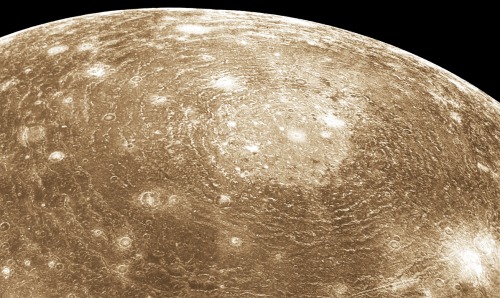
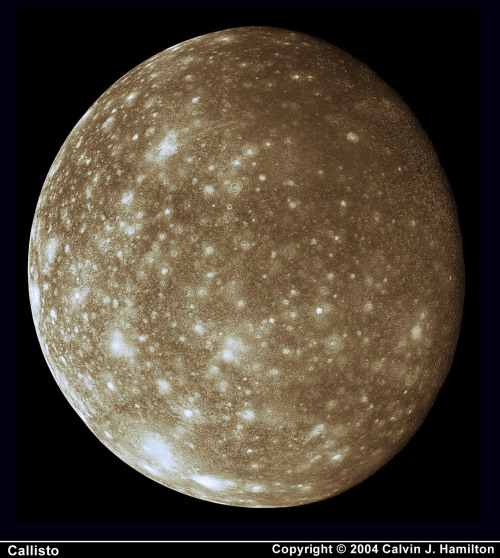
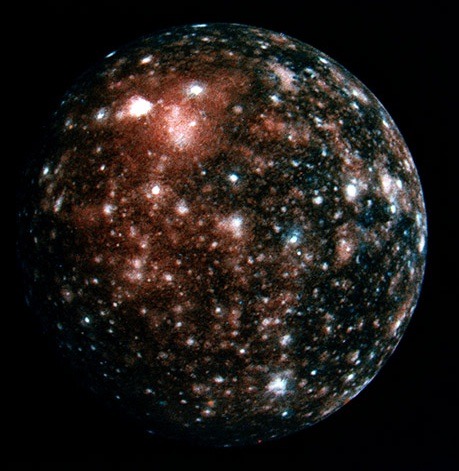

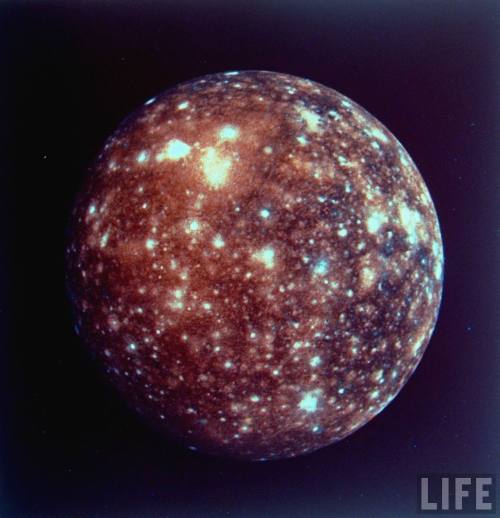
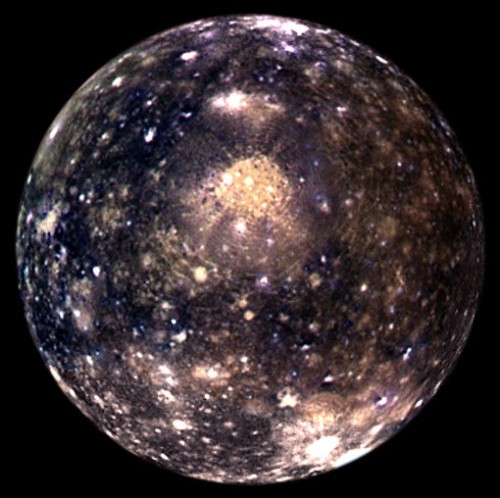

Jupiter’s moon, Callisto.

Psychedelic Pluto : New Horizons scientists made this false color image of Pluto using a technique called principal component analysis to highlight the many subtle color differences between Plutos distinct regions.
js
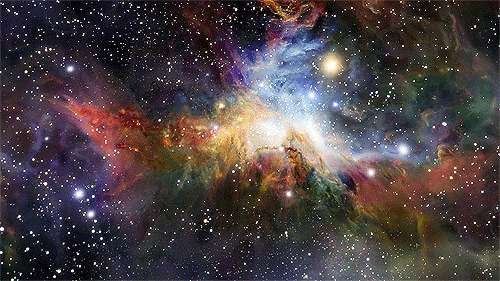
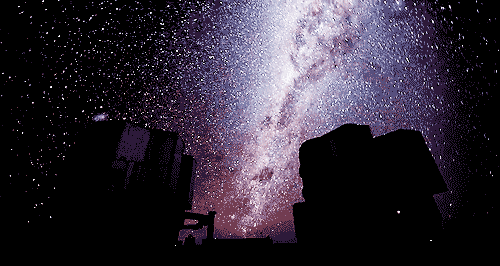
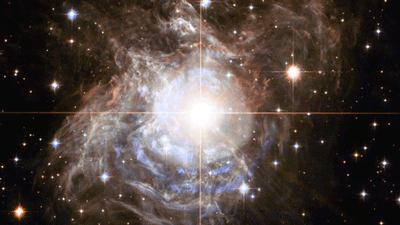
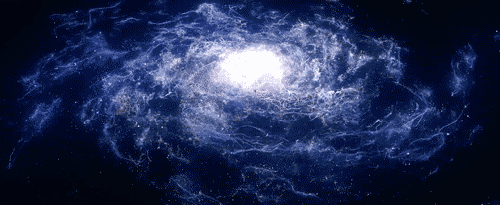
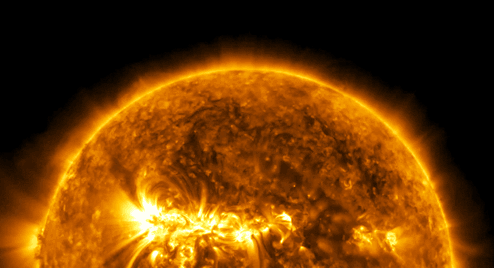
“Every one of us is, in the cosmic perspective, precious. If a human disagrees with you, let them live. In a hundred billion galaxies, you will not find another.” ~ Carl Sagan, Cosmos
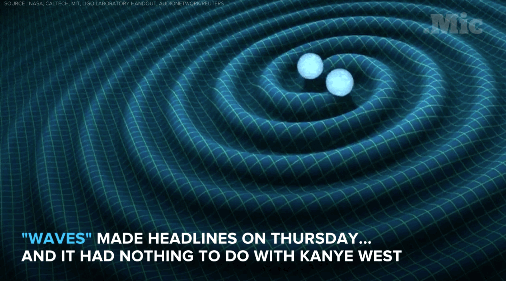

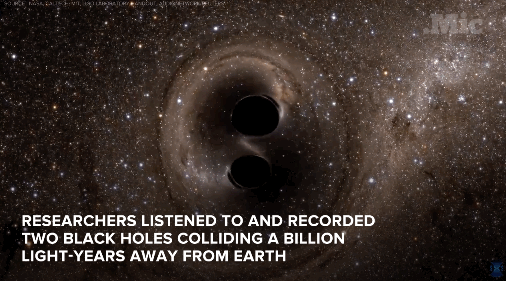


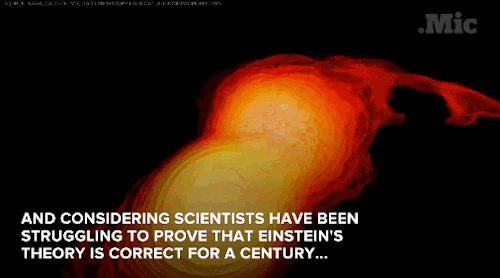

Gravitational waves are real — and that’s a huge f***ing deal!
A century ago, Albert Einstein theorized there was such a thing as a fabric of space and time — that the universe was malleable, and that large objects and events would cause it to bend.
He was right. From studying the signals emanating from the merging of two black holes — have separate masses equal to 36 and 29 suns — scientists with the Laser Interferometer Gravitational-Wave Observatory were able to observe gravitational waves. Their measurements matched expectations of what Einstein predicted in his General Theory of Relativity.
Follow @the-future-now
-
 xsoniaxa liked this · 4 years ago
xsoniaxa liked this · 4 years ago -
 pod-bird liked this · 6 years ago
pod-bird liked this · 6 years ago -
 twostepbucho liked this · 6 years ago
twostepbucho liked this · 6 years ago -
 lesetoilesfous liked this · 6 years ago
lesetoilesfous liked this · 6 years ago -
 orphansaudio reblogged this · 6 years ago
orphansaudio reblogged this · 6 years ago -
 jacesilvermoon liked this · 6 years ago
jacesilvermoon liked this · 6 years ago -
 fagdykefrank liked this · 6 years ago
fagdykefrank liked this · 6 years ago -
 16fahri liked this · 6 years ago
16fahri liked this · 6 years ago -
 alphamride liked this · 6 years ago
alphamride liked this · 6 years ago -
 delusionalunicorn78 liked this · 6 years ago
delusionalunicorn78 liked this · 6 years ago -
 notisaidthechicken liked this · 6 years ago
notisaidthechicken liked this · 6 years ago -
 king-of-the-rain-and-wolves liked this · 6 years ago
king-of-the-rain-and-wolves liked this · 6 years ago -
 harmonicgamingangel22blog liked this · 6 years ago
harmonicgamingangel22blog liked this · 6 years ago -
 corna-void liked this · 6 years ago
corna-void liked this · 6 years ago -
 achilles--hell reblogged this · 6 years ago
achilles--hell reblogged this · 6 years ago -
 achilles--hell liked this · 6 years ago
achilles--hell liked this · 6 years ago -
 metalzoic liked this · 6 years ago
metalzoic liked this · 6 years ago -
 n09m19changsblog liked this · 6 years ago
n09m19changsblog liked this · 6 years ago -
 mohamedfouad2100 reblogged this · 6 years ago
mohamedfouad2100 reblogged this · 6 years ago -
 mohamedfouad2100 liked this · 6 years ago
mohamedfouad2100 liked this · 6 years ago -
 tyyiyi liked this · 6 years ago
tyyiyi liked this · 6 years ago -
 wingedprunepsychiclawyer liked this · 6 years ago
wingedprunepsychiclawyer liked this · 6 years ago -
 nomad-of-the-realms liked this · 6 years ago
nomad-of-the-realms liked this · 6 years ago -
 see-with-space-eyes reblogged this · 6 years ago
see-with-space-eyes reblogged this · 6 years ago -
 autie-alien liked this · 6 years ago
autie-alien liked this · 6 years ago -
 anormalnolife liked this · 6 years ago
anormalnolife liked this · 6 years ago -
 smallfryingpan liked this · 6 years ago
smallfryingpan liked this · 6 years ago -
 milkhoney531 reblogged this · 6 years ago
milkhoney531 reblogged this · 6 years ago -
 milkhoney531 liked this · 6 years ago
milkhoney531 liked this · 6 years ago -
 midwest-apples liked this · 6 years ago
midwest-apples liked this · 6 years ago -
 daemondamian liked this · 6 years ago
daemondamian liked this · 6 years ago -
 deepestturkeyhandshero liked this · 6 years ago
deepestturkeyhandshero liked this · 6 years ago -
 otwashi liked this · 6 years ago
otwashi liked this · 6 years ago -
 blaze2fussion33 liked this · 6 years ago
blaze2fussion33 liked this · 6 years ago -
 iindigoboii liked this · 6 years ago
iindigoboii liked this · 6 years ago -
 htm-th liked this · 6 years ago
htm-th liked this · 6 years ago -
 liquid-geodes liked this · 6 years ago
liquid-geodes liked this · 6 years ago -
 orphansaudio liked this · 6 years ago
orphansaudio liked this · 6 years ago
"Astronomy compels the soul to look upwards and leads us from this world to another." - Plato
147 posts